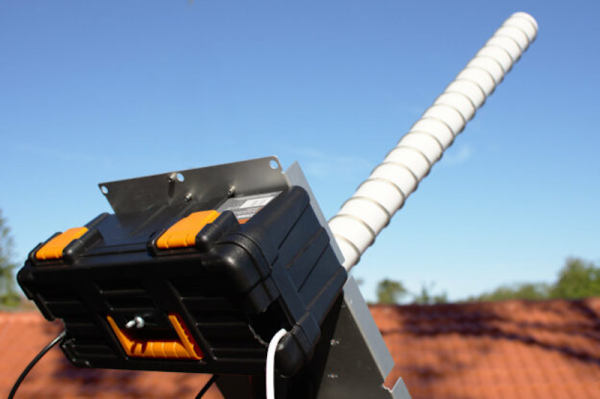Engineers tend to worry about uptime, whether it’s at a corporate server farm or just our own little hobby servers at home. Every now and then, something will go wrong and take a box offline, which requires a little human intervention to fix. Ideally, you’ll still have a command link that stays up so you can fix the problem. Lose that, though, and you’re in a whole lick of trouble.
That’s precisely what happened to Australia’s second largest telecommunications provider earlier this month. Systems went down, millions lost connectivity, and company techs were left scrambling to put the pieces back together. Let’s dive in and explore what happened on Optus’s most embarrassing day in recent memory.
Continue reading “Australia’s Second Largest Telco Went Dark, And Chaos Reigned”

















